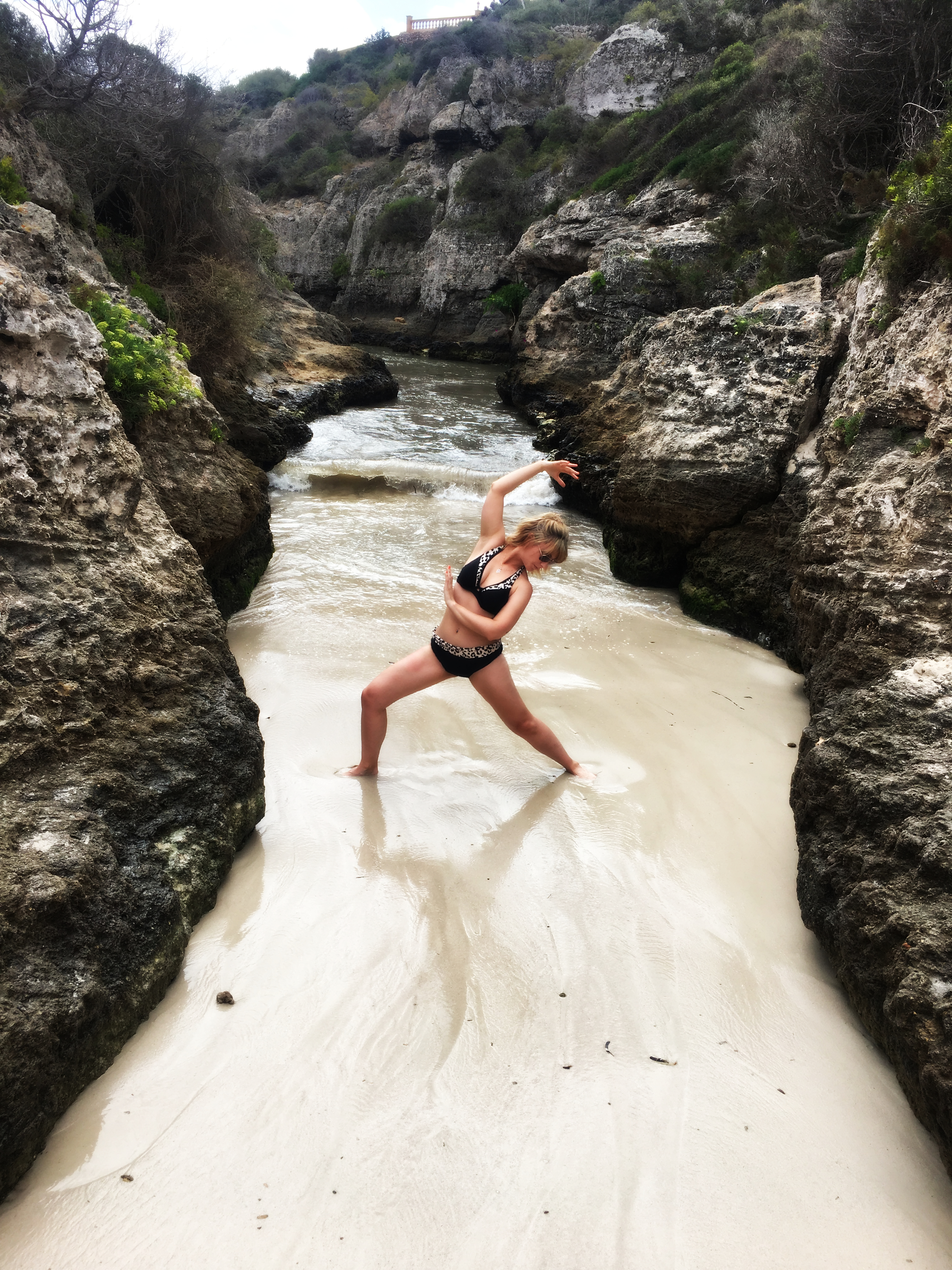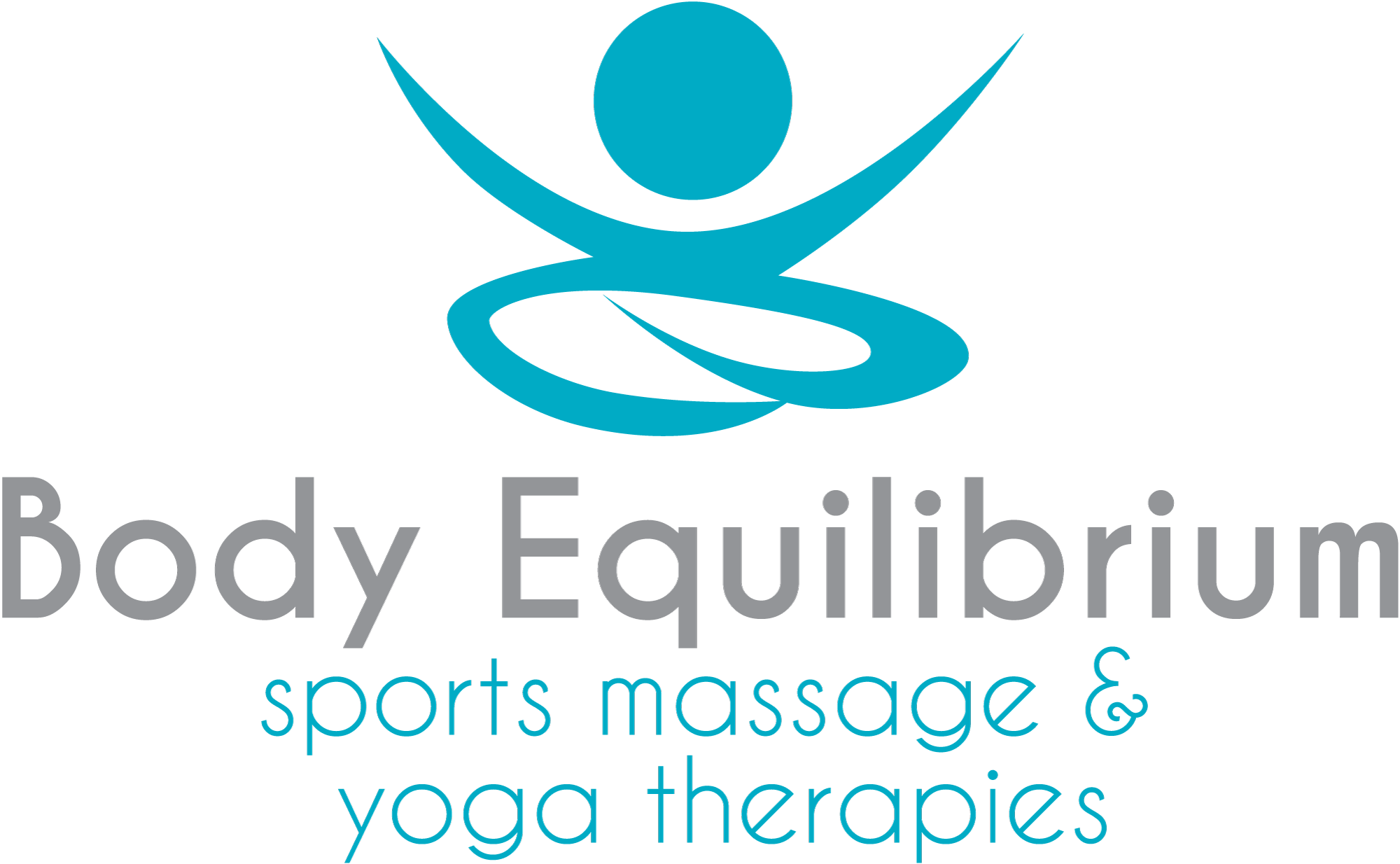
In yoga, we often talk about directing the focus (or gaze) in a certain direction. Drishti is this focused gaze and is the means by which we can develop more stability within the poses, and train our attention to become more sustained over time.
The direction of the drishti does not always have to be external to our bodies; we can also direct that gaze within ourselves. As such, it can act as a metaphor for our ability to send our focus towards all the goals and desires we wish to manifest.
During our asana practice, we can try lifting or lowering our gaze in certain poses. Question whether this makes the pose feel different: does it help engage different muscles, or does the pose become easier or harder?
No asana practice on drishti would be complete without some balances! Try moving into a low tree pose with the eyes closed. Without an external point for our drishti, we are forced to bring that focus within and ‘feel’ whether the balance is slipping or not. It’s also a great way to challenge our trust in our own abilities by taking this leap of faith.
Your focus in class can also be on setting an intention for the practice. Whether it is a physical one like balancing in crow pose, or more of an internal one such as finding some mental space for an hour, our yoga practice can be greatly enhanced with the integration of a focused intention.
At the end of class when we say Namaste, aim to really feel what the phrase means. We are often capable of recognising the light in others, but do not always bring the focus to our own light.
Try meditating on the following quote:
“Focus is about saying no.”
Steve Jobs
Consider what this really means to you – are you saying ‘yes’ to so many things that the ones you really want to achieve are being lost within this mental noise?
Poses you may wish to try: single leg balances such as tree or extended hand to big toe pose, crow pose, chair pose.
